How to get rid of aphids on an orchid: folk and chemical remedies
Aphids on an orchid are not only the most common, but also the most dangerous pest. In a short period of time, it undermines the health of the flower, negates its decorative qualities and often leads to the death of the plant. You can get rid of aphids, but it will take some effort and patience.
Causes of aphids
Aphids most often appear on those plants that suffer from violations of the conditions of detention. This can be a dry indoor climate, oversaturation or excess of trace elements in the soil. But there are other factors that contribute to the appearance of the pest on orchids:
- getting insects on a plant while in a flower shop;
- finding aphids in the ground;
- the spread of pests from neighboring flowers.
If an orchid is purchased in a store, then immediately you need to carefully examine all parts of the plant, including leaves, and also examine the substrate for the presence of aphids. The pest most often enters the soil if it is taken from the garden or yard, therefore it is better to purchase a nutritious soil mixture in the store.
Other indoor flowers are also worth watching to prevent the spread of harmful insects.
Signs of aphid infestation
When examining an orchid, green, white or black small insects can be found that settle on different parts of the plant:
- colors;
- buds;
- shoots;
- stems;
- on the back of a young leaf plate.
In the process of vital activity, the pest deforms the leaves, leads to their twisting and the appearance of an unpleasant sticky plaque. The decorative properties of the plant are lost. Shoots with fresh peduncles fall off, dark spots appear on the stems.
Aphids have an unusual feature for insects: they molt. As a result, white scales may be visible on the leaves of the orchid, indicating the presence of an insect.
Initially, aphids infect the most succulent parts of the orchid:
- leaves;
- stem;
- buds;
- flowers
Together with the sap, the insect absorbs trace elements that are necessary for the normal growth and development of the plant. The pest multiplies very quickly, forming whole colonies, concentrating in places where new foliage grows.
In addition to the fact that insects deprive a flower of nutrients, they let in poisonous substances inside it, provoking a violation of photosynthesis and natural metabolism. As a result, individual parts of the orchid soften, and after a while they die off altogether. If severely damaged, the entire flower may die.
How to process from folk remedies?
If the first signs of aphids are noticed on the orchid, then it is necessary to get rid of the pests as soon as possible, until they multiply and cause significant harm to the plant. You can act both with the use of chemicals and with the help of proven folk remedies.
It is worth remembering that traditional methods are effective only in the initial stages of defeat.
To destroy pests, infusions, decoctions and solutions are made:
- Soap solution is prepared from 1 tbsp. l. grated laundry soap and 1 liter of water. The soap is completely dissolved in the liquid and each orchid leaf is hand-treated with a sponge.
- An infusion is prepared from the zest of citrus fruits, which saves the orchid from aphids. For its preparation, cleaning from any citrus fruits is suitable. You will need 100 g of waste and 1 liter of boiling water.The peel is poured with boiling water and left in a dark place for 3 days. After that, the orchid is processed by spraying from a spray bottle or wiping the leaves with a sponge.
- Onion infusion is also very effective against aphids. It is prepared from 1 liter of boiling water and 1 medium onion. The mixture is left to infuse in a dark place for 3 days, after which it is filtered and sprayed with an orchid with a spray bottle.
- Once a week, phalaenopsis is treated with rosehip infusion. It is prepared from 1 liter of water and 15 g of berries. First, the mixture is infused for 24 hours, then boiled for 30 minutes, allowed to cool and sprayed over the flowers.
After applying any of the listed folk remedies, the orchid is observed for 14 days. If the pests have not disappeared, then they switch to chemical treatments.
Chemical methods of aphid control
What if the damage to the orchid is massive? They resort to chemical treatments, since it is not possible to fight pests with other means.
There are 3 types of insecticides:
- contact impact;
- systemic action;
- intestinal action.
The difference between them lies in the way they act on insects. In the first case, the impact occurs through their skin, and in the other two - through the internal systems of the body. It is intestinal and systemic insecticides that are considered the most effective. The percentage of their effectiveness is from 90 to 98% (systemic ones are more effective).
The best drugs for combating aphids on orchids, according to gardeners' reviews, are:
- Iskra-2;
- "Aktara";
- Tanrek.
They are safe for humans, and the solution is prepared according to the attached instructions.
The use of insecticides should be alternated, observing intervals of 1.5 - 2 weeks. Do not use them more than three times, as this can be addictive in aphids and reduce effectiveness. It is necessary to strictly observe the dosage indicated on the packaging of the drug so as not to harm the orchid.
Prevention measures
Timely preventive measures help prevent dangerous pests on orchids. It is known that aphids do not tolerate humid air, and their most active reproduction occurs in a dry climate. Therefore, it is necessary to constantly monitor the humidity in the room, if necessary, install a humidifier.
The optimum humidity indicator is 55%. In such conditions, not only the risk of aphid infection is reduced, but also the growth and development of the orchid is accelerated.
Phalaenopsis orchid (the most common species) needs weekly watering, the soil should not be allowed to dry out. Spraying it with water slightly warmer than room temperature is another preventive measure against the reproduction of aphids. At the same time, make sure that excess moisture does not accumulate in the buds and on the leaf plates, as this can provoke the appearance of insects.
Prevention and treatment of other types of orchids (Cattleya, Cymbidium, Dendrobium, etc.) from aphids are no different from the measures described for Phalaenopsis. The signs of the appearance of the pest are identical. Florists use the same preparations, but emphasize that the conditions for keeping and caring for a flower may differ for each variety. You can learn about them from the description of the cultivated variety.
How orchid nutrition is related to the appearance of aphids
A deficiency or excess of nutrients in the soil can also provoke the appearance of aphids. The normal development of an orchid requires a sufficient amount of iron in the soil. Otherwise, her immunity decreases, as a result of which the plant becomes an easy prey for pests.
Excess nitrogen can provoke the appearance of aphids on plants. Fertilizers should be chosen very carefully and responsibly, and then strictly follow the instructions and not exceed the recommended dosages.Correctly selected feeding significantly increases the immunity of the orchid and helps to cope with the invasion of pests and pathogens.
Sanitary and hygienic prevention
To prevent the spread of aphids, it is recommended to regularly inspect orchids and identify the first signs of the presence of pests. If the degree of damage is small, then the parasites can be easily destroyed with special preparations. The previously affected parts of the orchid are removed, since they have already received toxic substances from aphids and there is a threat of their further spread along with the plant sap.
If the flower has just been purchased, then it is better to leave it in a separate place for a couple of weeks, away from other indoor plants. During this period, you need to make sure that there are no aphids on the orchid. It can then be transplanted into disinfected soil and a pot.
So, if you ignore the problem and miss the first signs of aphids on orchids, then you can completely lose the flower. To combat the pest, both specially developed drugs and proven folk remedies are widely used. When using chemicals, you must strictly follow the attached instructions and observe the dosage so as not to cause even more harm to your favorite flower.
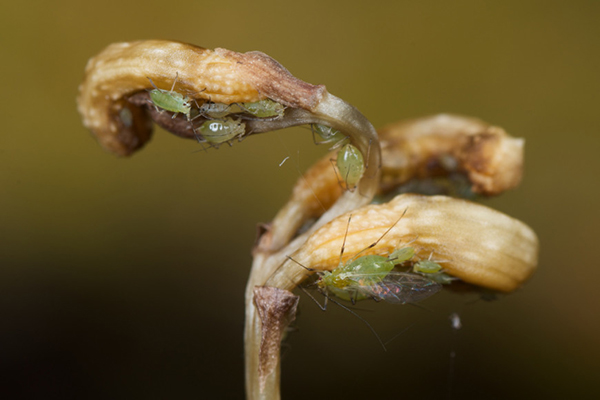
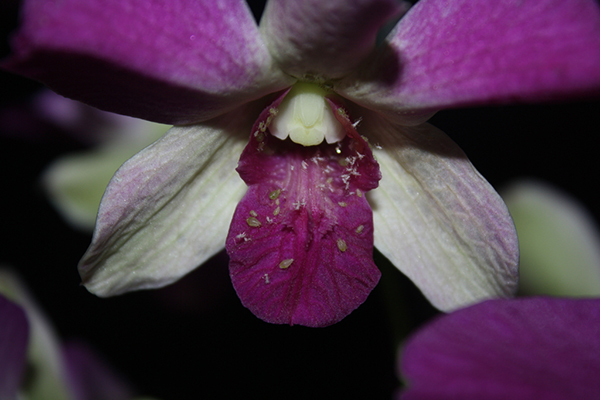
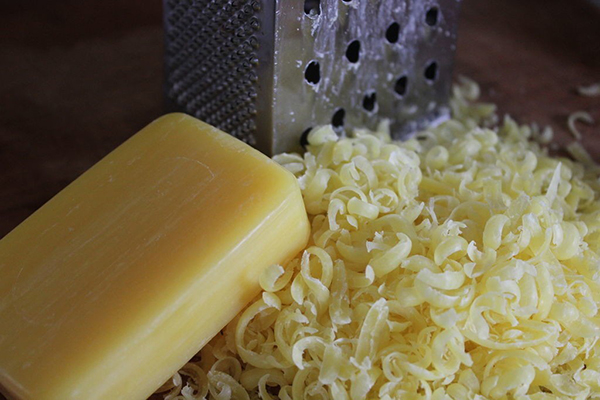
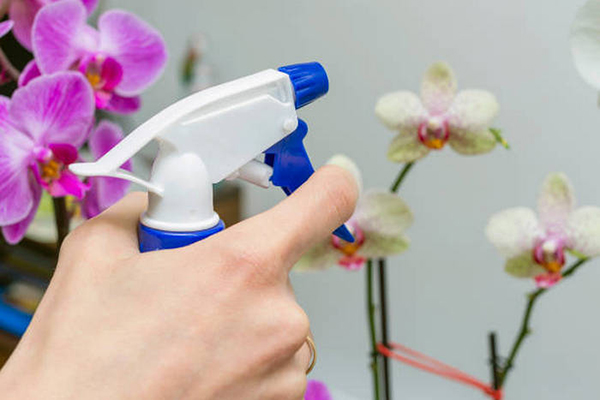

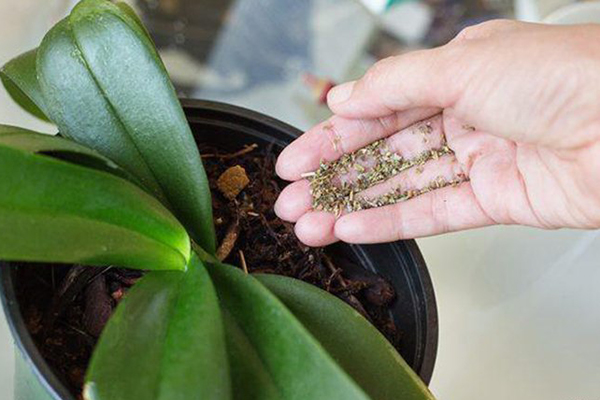
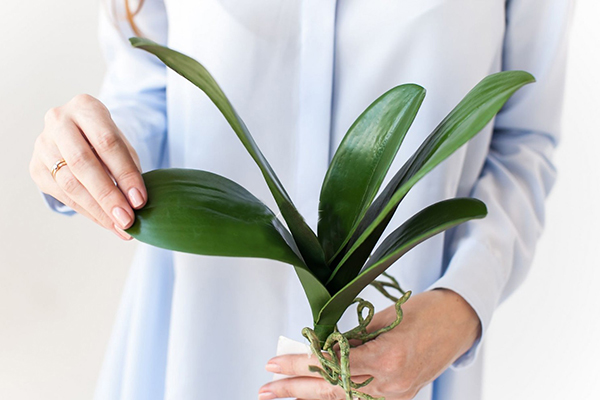

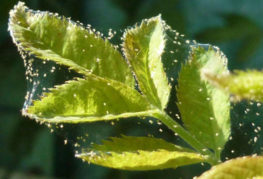
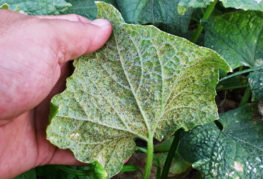

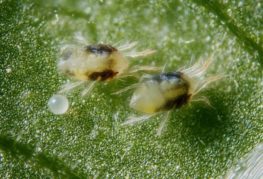
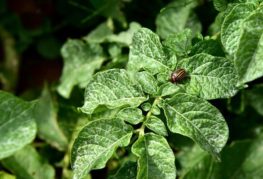
and will be published shortly.